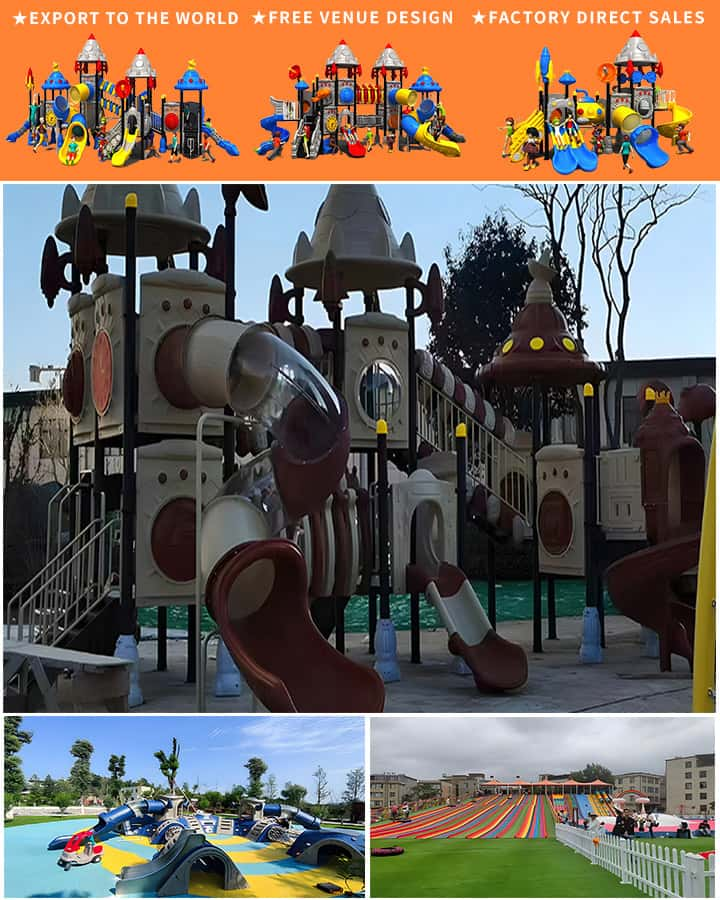Creating a safe and engaging environment for children to play is paramount in any community or educational setting. One crucial aspect of designing such spaces is the installation of appropriate outdoor playground flooring. This flooring must balance safety, durability, and aesthetic appeal to provide an ideal play area for kids. Here’s a comprehensive guide to understanding and executing the perfect outdoor playground flooring installation.
The Importance of Proper Playground Flooring
Outdoor playground flooring serves multiple purposes:
- Safety: It minimizes injuries by providing cushioning for falls.
- Durability: It withstands heavy foot traffic and various weather conditions.
- Accessibility: It accommodates children of all abilities, including those using wheelchairs or walkers.
- Aesthetic Appeal: It enhances the visual appeal of the playground, making it inviting for kids.
Types of Outdoor Playground Flooring
Selecting the right type of flooring depends on several factors including the location, budget, and specific needs of the playground users. Here are some popular options:
Rubber Mulch: Made from recycled rubber, this material provides excellent shock absorption and slip resistance. It’s also available in various colors, allowing for creative designs.
Synthetic Turf: Mimics natural grass but requires less maintenance. It’s durable and can handle heavy use, making it suitable for active play areas.
Pour-in-Place (PIP) Rubber: A seamless surface that’s highly durable and offers superior impact absorption. It’s often used in professional play areas.
Wooden Composite: Made from wood fibers and plastic, this material is eco-friendly and resistant to mold and mildew. It provides good traction and is relatively easy to install.
Concrete: While not as soft as other materials, concrete can be topped with a layer of rubberized paint to improve its safety features. It’s extremely durable and low-maintenance.

Preparing for Installation
Proper preparation ensures longevity and effectiveness of the playground flooring. Key steps include:
Site Assessment: Evaluate the existing terrain, drainage patterns, and soil conditions. Address any potential hazards like rocks or roots.
Design Considerations: Create detailed plans considering the types of activities, equipment, and user demographics. Comply with local safety standards and guidelines.
Material Selection: Choose the most appropriate flooring based on your assessment and design. Order sufficient quantities to avoid delays during installation.
Site Preparation: Clear the area of debris, level the ground if necessary, and ensure proper drainage channels to prevent water accumulation.
Installation Process
The actual installation process will vary depending on the chosen material, but here’s a general outline:
Sub-base Preparation: For most surfaces, a stable sub-base of compacted gravel or crushed stone is essential. This layer supports the primary flooring and aids in drainage.
Base Installation: Lay the chosen flooring material according to the manufacturer’s instructions. For PIP rubber, mix and pour the material, then spread it evenly. For rubber mulch or synthetic turf, spread the material and compact it to eliminate air pockets.
Curing Time: Allow adequate curing time for materials like PIP rubber to reach their optimal performance levels. Typically, this takes 24-48 hours, but always follow the specific guidelines provided by the manufacturer.
Final Touches: Add boundary lines, logos, or educational elements using appropriate paints or markers. Ensure everything is securely fixed and free of loose particles that could pose a choking hazard.
Maintenance Tips
Once installed, regular maintenance keeps the playground flooring in top condition:
- Regular Cleaning: Sweep or hose down the area regularly to remove dirt and debris.
- Inspect for Damage: Periodically check for signs of wear or damage and repair promptly to prevent bigger issues.
- Debris Removal: Keep leaves, twigs, and other organic matter cleared away, especially after storms or heavy winds.
- Resurfacing: Depending on the material, resurfacing may be necessary every few years to maintain safety and performance standards.
Conclusion
Installing outdoor playground flooring involves careful planning, material selection, and meticulous execution. By prioritizing safety, durability, and aesthetic appeal, you can create a fun and secure environment that encourages physical activity and imaginative play. Remember, investing in high-quality flooring today means fewer worries about repairs and replacements tomorrow, ensuring that children enjoy their playtime safely and comfortably for years to come.




